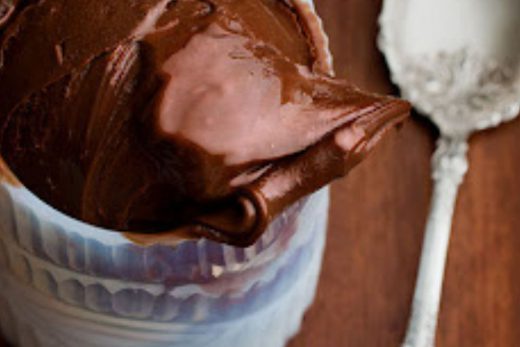Jalapeño, poblano, habañero, pointed, Samandağ, ghost…
There are several theses on how it spread around the world. Thanks to the most popular Portuguese, it went from Central America to Europe, then to Asia and Africa. Pepper, which grows easily in hot climates, reached Eastern Europe in the 16th century. North America met him only in the 18th century through African slaves.
Of course, these are just a few of the thousands of varieties of hot peppers in the world. The bitterness level of each is different. According to the Scoville scale used to measure the bitterness, sweet pepper 0, peperoncini 100-500, jalapeño 2500-5000, habañero 80,000-150,000 units. Peppers such as bhut jolokia (also called ghost pepper), one of the world’s most hot peppers, and the 2.5-centimeter red pepper “scorpion butch chilli” grown in Australia are so hot that growers have to wear special masks and clothes to protect them.
Let’s talk about the use of hot pepper in the kitchen. It is certain that there are different aromas under this burning. The higher the bitterness, the harder it is to taste the pepper. When considering which pepper to use and how, we need to take into account at what point it is burning. Is the pain felt towards the end, or is it not eaten at a level that destroys all other flavors? Does it burn the tip of the tongue or the throat? All of this affects the flavor of the pain.





